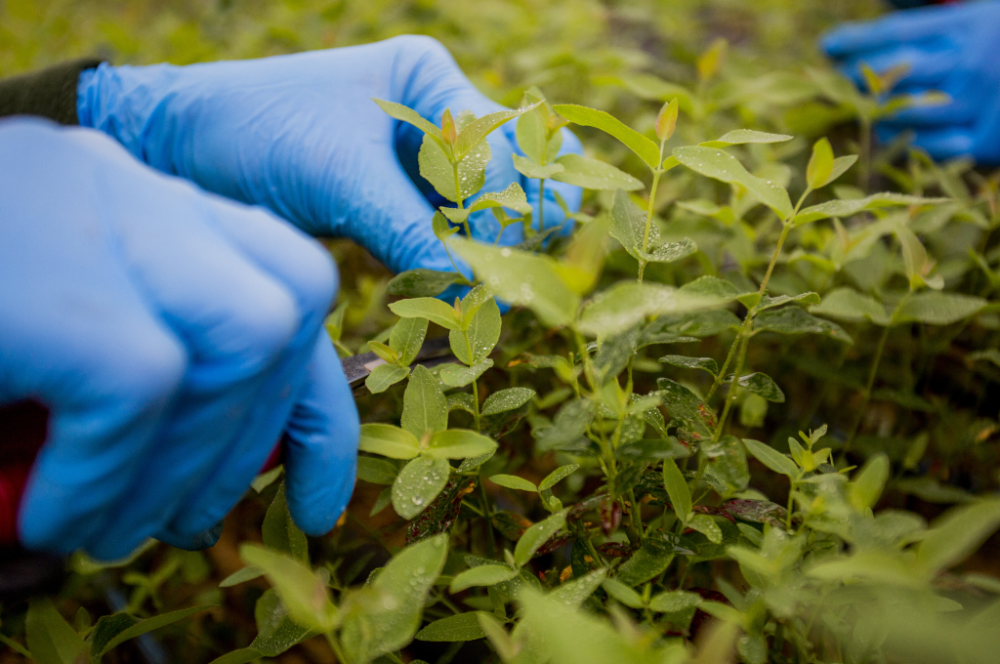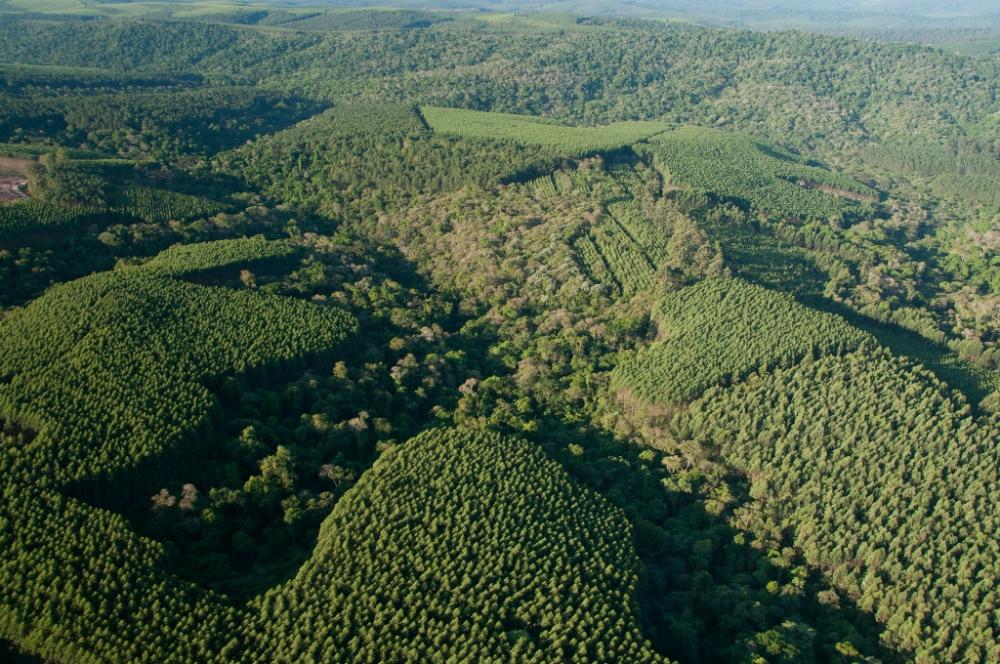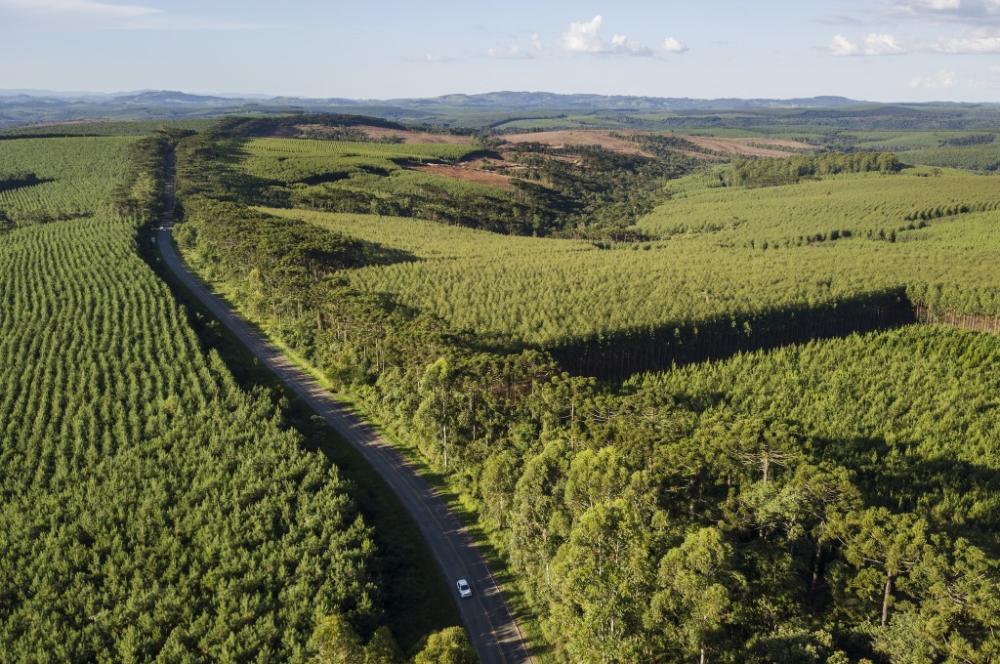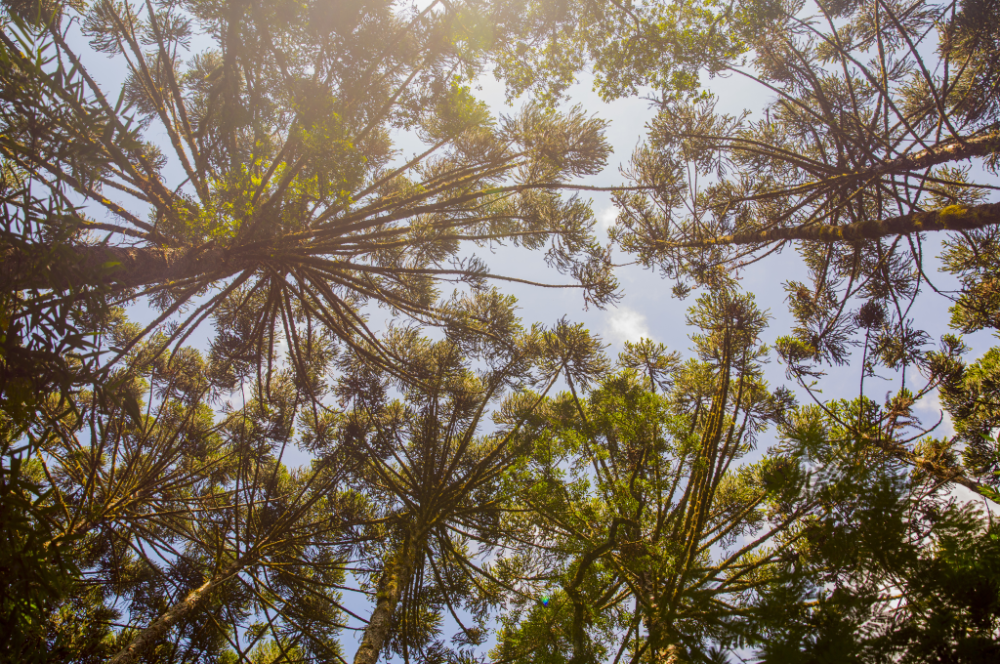Forestry: Taking care of the base of our business, the trees | Klabin
Negócio Florestal Klabin
The foundation of the Klabin business is trees, which is why for over 100 years we have taken great care of our source of raw material. As a result, we have become the global benchmark in sustainable forests management and maintain more than 42% of our forest areas to preserve and maintain biodiversity. We have more than 356,000 hectares of productive* forests in the States of Paraná, Santa Catarina and São Paulo.
*Composed of areas planted with pine or eucalyptus forests and also those that are in harvesting operation,transport and planting.
What is the importance of forests?
For thousands of years, forests have been the object of fascination for human beings. They drive the creation of legends, inspire works of art and provoke curiosity among researchers all over the world. And it’s no wonder why: they are endowed with a complex biological wealth and play a pivotal role in keeping the environmental balance around the world.
This unique ecosystem is present in various biomes and appears in different ways across the planet. In Brazil, it has two major representatives: the Amazon Forest and the Atlantic Forest.
What is a forest?
A forest can be defined as a vast area covered mainly by tall trees and dense vegetation. Another important characteristic of this ecosystem is that the treetops touch each other, forming a vegetation cover called canopy.
Though this is the most widely accepted definition, the scientific concept of a forest may vary slightly according to the source. According to the Food and Agriculture Organization (FAO), a UN agency specializing in combating hunger through agricultural development, a forest should have a myriad of vegetation species of at least 0.5 hectares and be formed by trees over five meters high.
We could say that life in the forests feeds back on itself: plants and animals that end their life cycles become a layer of organic material capable of returning nutrients to the soil. This layer, called duff, stimulates the growth of other plants and reduces the impacts of erosion, besides conserving surface humidity.
What is the function of a forest?
Forests play an important role in maintaining the climate, since they provide moisture to the atmosphere through evapotranspiration. They are also capable of absorbing large volumes of carbon dioxide during photosynthesis.
Furthermore, forests are responsible for creating and controlling the microclimates of certain regions. They are also home to numerous plant and animal species, making the ecosystem widely recognized for its biodiversity.
The social and economic importance of forests cannot be overlooked either. They provide essential raw materials for human life, such as wood and medicines, and are sustainable due to their renewable origin. Forest resources also provide livelihood to many communities. In short, forests are natural treasures that expand their natural potential far beyond themselves.
And the best part is that this potential can also be expanded by human action. Forests can be native (when they form spontaneously) or planted (when they are planned by humans).
Planted forests exercise all the essential functions for ecological preservation as efficiently as native forests. They protect the soil, help preserve water resources and the quality of air in their areas. Besides all this, planted forests have another advantage: they can be planned strategically, with techniques that can make them even more efficient. That’s why, in many cases reforestation can be key to revitalizing devastated areas or complementing stretches of native forests.
Klabin and forests
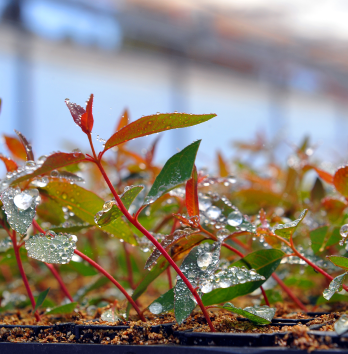
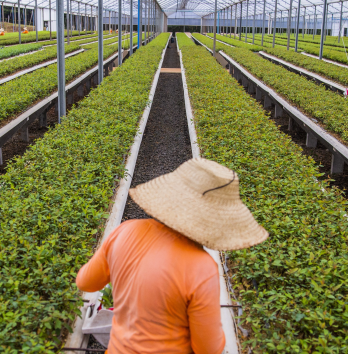
For Klabin, all forests matter and hence we conserve more than 250,000 hectares of native forests to protect the huge biodiversity found there. Forests are our major allies in combating the climate crisis, since the Company’s forest areas capture and fix enough carbon to offset the emissions from its production process, enabling us to achieve a positive carbon balance.
Klabin’s processes are designed to conserve nature in the areas where we operate and to create a positive impact on the lives of people directly or indirectly involved in our activities. And when we talk about conservation of forests, we are also talking about water conservation.
The Company is recognized for its pioneering use of Hydrosolidarity Forest Management, a strategy based on striking a balance between forestry production and water availability, and includes neighboring communities, small rural properties and ecological processes, thus preventing significant impacts on microbasins.
Water conservation is something that Klabin has been practicing for a long time, notably since the 1980s, when it started daily measurements of 100% of its water withdrawals in order to ensure water availability. Since then, it has reduced the specific water use at its Monte Alegre Unit in Paraná by over 60%. Also, from 2017 to 2021, the unit further reduced its use of local water by 11%. Comparing 2021 with 2017, the unit has saved over 4 million m³ of water.
The Company has three targets on the theme in its KODS for 2030: 100% of locations where it operates with initiatives to increase regional water security (52% already achieved); 100% of forestry operations under its management with hydrosolidarity management (79.7% already achieved) and 20% reduction in specific consumption of industrial water (18% of the target achieved).
Apart from the significant results and targets, Klabin was the first company in Latin America to achieve, in 2021, the “Triple A” category of the Carbon Disclosure Project (CDP), by attaining level “A” in the climate change, water security and forest management programs.
Want to learn more about our forest preservation efforts? Check out our website “All Forests Matter”.
What is the importance of the Amazon forest for humanity?
Amazon, the world’s largest forest, is located in South America, most of it in Brazil, and represents almost 70% of the planet’s tropical forests. In addition to storing precious water resources (25,000 km of navigable rivers), the region is home to more than half of the world’s biodiversity, including plants, animals and microorganisms.
The Amazon forest is also an important agent of global climate control as it absorbs huge quantities of carbon dioxide, the gas that influences the climate and natural events in other regions. It also protects against fires by acting as a great natural barrier capable of preventing the spread of fires ignited in agricultural fields.
Of course, a region that is so rich in life also has a very important social function: the Amazon’s resources guarantee the survival of nearly 400,000 extractive families, who make their livelihood from the fruits, herbs, resins, oils and latex it provides.
Klabin and the Amazon
The raw materials used in Klabin’s production process come from cultivated and certified forests located in the states of Paraná, Santa Catarina and São Paulo. Nevertheless, we also strive to preserve the Amazon Forest, which is extremely important for the planet. After all, our commitment to the sustainable development agenda is part of our essence and goes far beyond the scope of our production.
In 2020, Klabin and other companies and entities from the sector signed a manifesto drafted by the Brazilian Business Council for Sustainable Development (CEBDS). The document, addressed to the Brazilian government, urged a more concerted and efficient action against illegal deforestation in the Amazon region. We believe that protecting our forests requires a joint effort. And we are working intensively to play an increasingly more effective role.
If you want to learn more about the initiative, read the manifesto.
What are the types of forests?
Although they have similar structures, forests around the world are very diverse. That’s why they are classified according to climate, territorial extension and the unique characteristics of their location. It is worth mentioning that forests can be native (when they form spontaneously) or planted (when they are planned by humans).
RPPNs and forest management at Klabin
Sustainable and highly efficient forest management is a trademark of Klabin, and one example of it is the mosaic planting system, in which vast expanses of the native forest preserved by us are interspersed with planted forests. The system protects watersheds and creates ecological corridors, which facilitate the circulation of animals in the region, and especially takes care of biodiversity.
We also invest heavily in research and forest innovation, combining science and nature, which enables our pine and eucalyptus planted forests to deliver one of the best yields in the world.
We protect almost 9,000 hectares of the Atlantic Forest to study it and preserve the types of life existing in the region. Our Private Natural Heritage Reserves (RPPNs), located in Paraná and Santa Catarina, are spaces dedicated to scientific research and to monitoring nature.
And it’s not Klabin alone that takes care of our forest areas. Our producer partners also take care of them. We encourage small, medium and large rural producers to join us in the Plant with Klabin initiative, in which partner farmers are invited to integrate planted forests with other activities in their properties and receive all the necessary technical support, thus contributing to our forest expansion project and fostering the social and economic development of communities.
Certified forests
Klabin’s pulp and paper production is derived solely from our forests planted for this purpose. All our raw materials come from controlled sources, which has ensured for us the Forest Stewardship Council® (FSC®) international certification since 1998. In Latin America, Klabin was the first company in the sector throughout the southern hemisphere to obtain the certificate, which attests to good forest management practices.
Our list of certifications includes the Plant Management Certification and other FSC® certifications.
For the complete list of our certifications, visit our page on raw material.
 pt
pt
 en
en
 es
es
